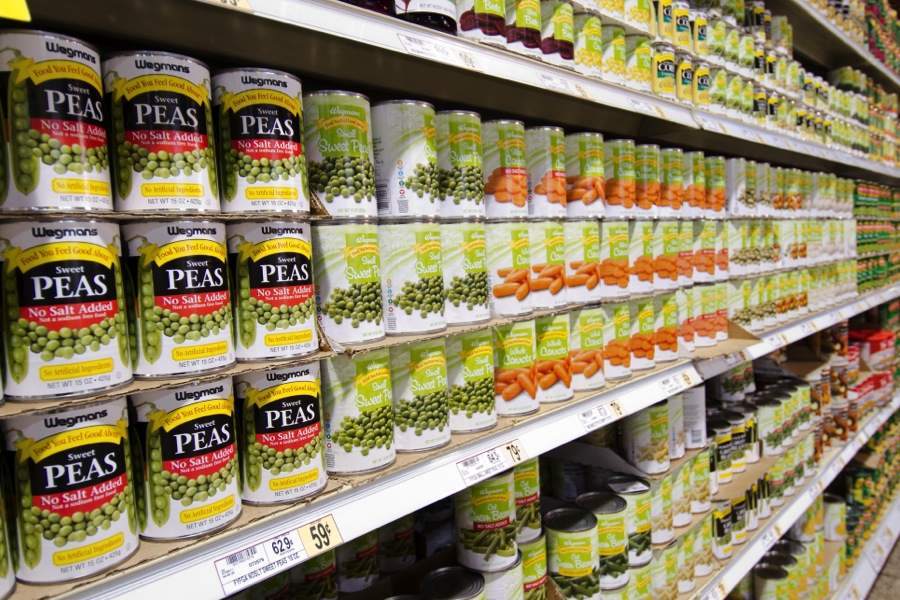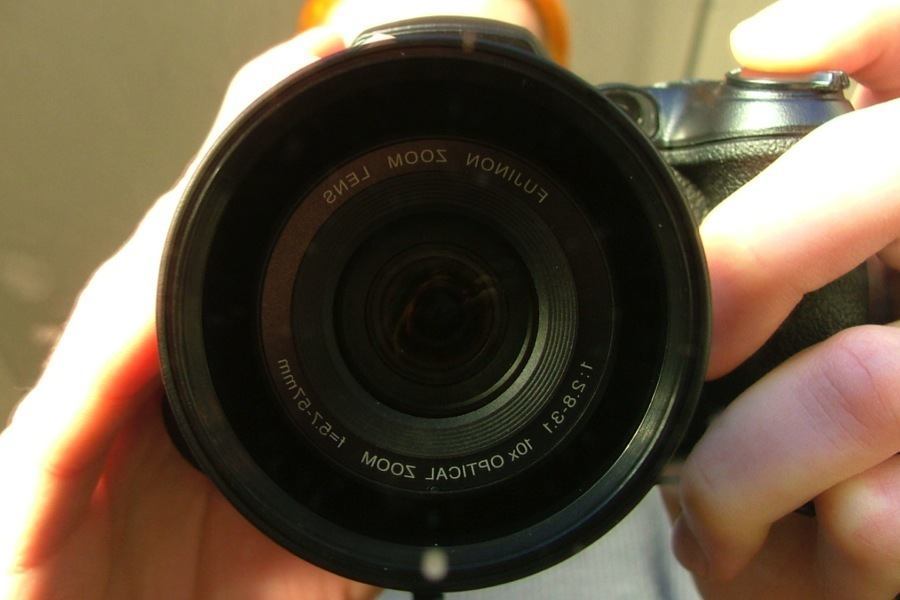
Source: Flickr
Sorry, Edwin Starr. It turns out that war is good for absolutely…something. The life-or-death havoc of war electrifies human creativity in a powerful way. A number of the world’s most useful inventions have come from the military. Some appeared by accident, others as solutions to particular problems that seem much more urgent when the enemy’s tanks are rolling in.
Ever had green beans from a can? You can thank Napoleon. Snapchat is really the spawn of the Cold War’s overhanging possibility of nuclear holocaust. The war-time origins of these and other everyday products are explored below:
1. Canned Food
As Napoleon and his army romped across Europe, the General needed to find a way to deliver enormous quantities of good-enough food to the front lines. And so in 1809, the French government held a contest to solve this problem, with a cash prize of 12,000 francs.
This sum was awarded to Nicolas Appert, who designed a sealed glass jar that could be produced en masse in factories. Appert used his 12,000 francs to build such a factory, but the British burned it down on their rampage through France in 1814.
2. Plastic Surgery

The British sailor Walter Yeo, before and after Harold Gillies’ groundbreaking skin graft.
During the height of World War I, a young British sailor named Walter Yeo was wounded horribly in the 1916 Battle of Jutland. His upper and lower eyelids were burned off. Nearly a year later, he found himself in a facial injury ward started by the father of modern plastic surgery, Harold Gillies.
A native of New Zealand, Gillies had come to Europe as part of the Royal Army Medical Corps. In 1917, he performed what is known as the world’s first plastic surgery, grafting a flap of skin over Yeo’s disfiguring wounds.
3. Sanitary Napkins
Kimberly-Clark, an American manufacturing firm, had trademarked the product Cellucotton before World War I. During the fighting in Europe, the U.S. army distributed this super-absorbent fabric for use as gauze to dress wounds.
Nurses at military hospitals soon began to use the fabric for menstrual hygiene as well. When the war ended, the nurses wanted to keep using Cellucotton, and so in 1920, Kimberly-Clark shipped their latest product, Kotex, a neologism from “cotton-like texture,” to stores across the United States.
4. Duck Tape

Source: Flickr
An Illinois factory worker and mother of two sons who were serving in the U.S. Navy during World War II, Vesta Stoudt noticed a minor problem with ammunition boxes that worried her. Soldiers had to open the boxes by pulling a small piece of paper attached to a strip of tape, but the paper could easily tear off without opening the box. Stoudt started exploring fixes, and in the process, she invented duck tape. Stoudt wrote President Roosevelt to tell him about the problem and her solution:
“Now your son, my son and our neighbor’s son must pull this tape off some way, perhaps with his teeth or with his knife, if he is lucky enough to have one—nine chances out of ten he hasn’t any. The enemy has had time to kill hundreds of our men, while they have been trying to open the box to get the cartridges… Please Mr. President, do something about this at once, not tomorrow or soon, but now.”
Shortly after Stoudt sent her letter, the War Production Board contracted Johnson & Johnson to develop her idea for mass-production, and duck tape was on its way to becoming a ubiquitous part of American life.
5. Microwave Ovens
As researchers worked to improve radar (yet another war-time advancement) during WWII, they had to invent a whole range of other devices. One of them was the cavity magnetron, built by a British team in the late 1930s.
A few years later, in 1945, an American tinkerer named Percy Spencer was working with a radar machine based on these war-time developments that emitted microwaves. When he realized the microwaves had melted the candy bar in his pocket, he began to experiment with how to heat food on purpose with microwaves. His first success – and clearly the most pivotal one – was popping popcorn.
6. Digital Photography

Source: Flickr
Though a different type of conflict, the Cold War between the United States and the Soviet Union also produced a myriad of new inventions. Everything ever accomplished by NASA, for example, has its roots in the rivalry between the two superpowers. Today, one of the most popular Cold War inventions is digital photography. Early high altitude spy planes had to drop rolls of film out of the sky to be developed and analyzed back on terra firma.
These drops led to arduous collection missions or tricky in-air intercepts of film floating down from spy planes by parachute. Digital photography, first employed in the NASA-Air Force KH-11 satellite in 1976, solved this problem. By taking digital images, the spy planes could then transmit the components back to earth through encoded radio signals.
7. The Internet

Source: Wikimedia Commons
And where would digital photography be without the internet? Terrified that a Soviet bombing campaign could destroy telephone lines in U.S. and silence vital military communications, scientists at NASA, MIT, and the U.S. Department of Defense’s Advanced Research Projects Agency (ARPA) began to think of workaround communication strategies.
In 1962, one of these scientists, J.C.R. Licklider, argued that the U.S. needed a “intergalactic computer network.” He and his colleagues developed ARPANET, the prototype of the modern internet. What started as a contingency plan in case of a Cold War attack eventually morphed into one of the most significant human technologies ever created.





